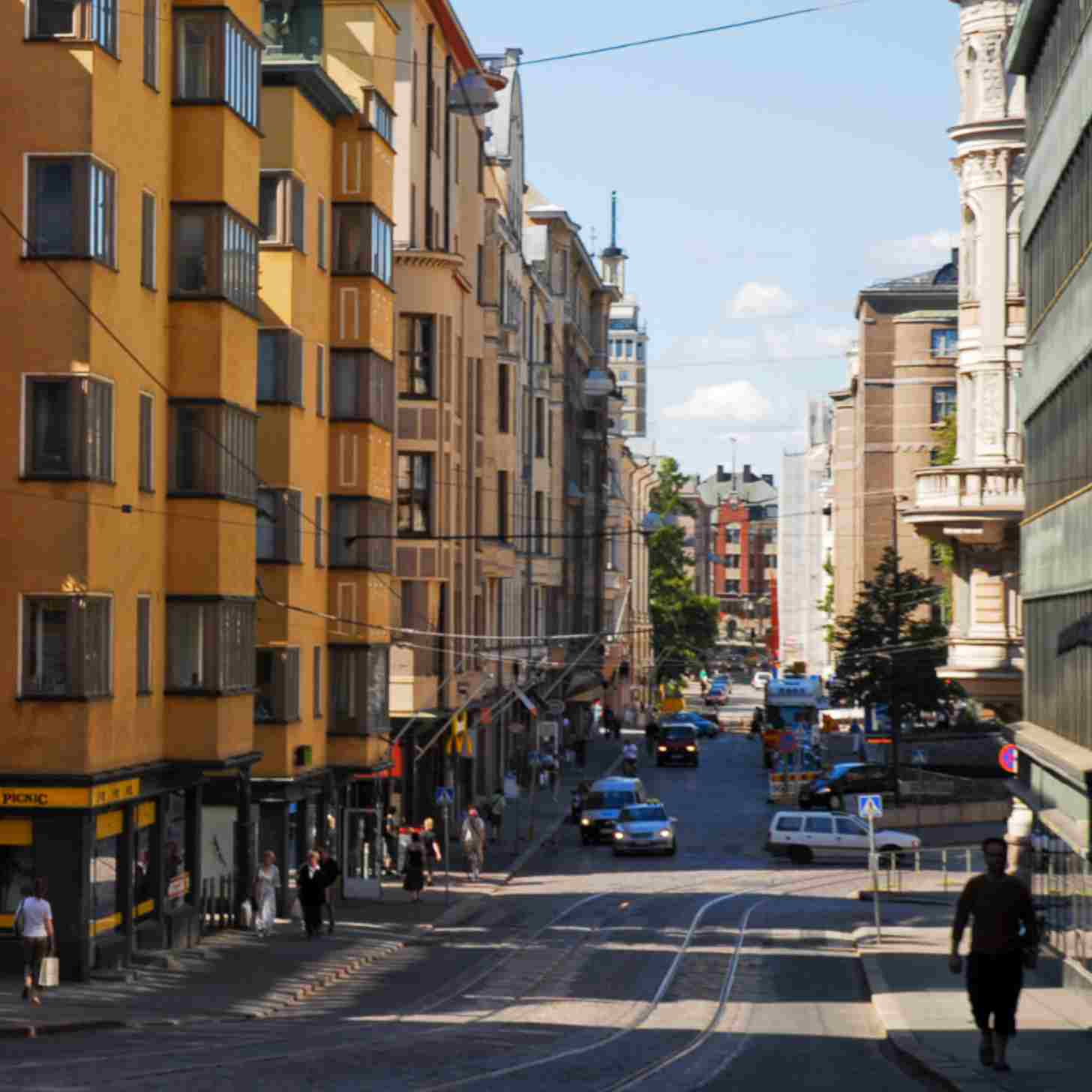In the United States, traffic incidents are a leading cause of death, with an average of 120 people dying every day due to motor vehicle collisions.
On a global scale, a person dies from a road-related accident every 24 seconds.
But Finland’s capital city of Helsinki has pulled off something astonishing — the last recorded traffic-related death was over a year ago, in July 2024.
“A lot of factors contributed to this, but speed limits are one of the most important,” Roni Utriainen, a traffic engineer with the city’s Urban Environment Division, told Yle, a Finnish outlet.
According to Yle, more than half of Helsinki's streets, predominantly in school zones, now have a speed limit of 30 km/h (roughly 18 mph).
That’s 20km/h less than the average 50 years prior.
The traffic engineer went on to explain that motorists, cyclists, and pedestrians share the milestone as a community-wide effort. The more that people choose to walk, bike, and take public transport, the safer the city becomes.
“Public transport in Helsinki is excellent, which reduces car use, and with it, the number of serious accidents,” Utriainen noted.
Traffic-related injuries have also taken a sharp decline. In the past year, there were 277 injuries caused by traffic accidents in Helsinki. In the late 1980s, that annual count totalled over 1,000.

It is difficult to predict whether Finland’s success in Helsinki could be replicated in larger countries like the U.S. (for reference, the entire country is roughly the size of the state of Montana).
However, experts across the globe believe the country’s capital makes for a promising test case.
According to the National Transportation Safety Board, “lowering speed limits can lead to sustained traveling speed reductions and crash reductions in urban areas.”
Lower traffic fatalities is a cause that the European Union has taken to heart. In fact, the EU has a long-term goal of achieving zero traffic fatalities by the year 2050: a campaign called Vision Zero.
“Although the EU has the safest roads in the world, we still have a long way to go to eliminate deaths on our roads,” Adina-Ioana Vălean, the EU Commissioner for Transport, said in a statement when the campaign was announced.
“At the EU level we will endeavor through financing, legislation, and outreach to help deliver the safe system of safer infrastructure, safer vehicles, safer road use, and better post-crash care.”
“But this is a shared responsibility with Member States, the industry, and road users,” Vălean emphasized. “Every death and serious injury on our roads is avoidable.”
Utriainen said that the Vision Zero goal served as a beacon of inspiration for the Finnish capital — and it’s a goal that requires constant oversight.
“For us, it's more about how the goal guides our everyday actions,” Utriainen said. "We aim to assess all our decisions based on their long-term impact.”
You may also like: Finland lowered homelessness by 75% — here's their secret
Header image via Mstyslav Chernov / Wikimedia Commons (CC BY-SA 3.0)
.jpg)


